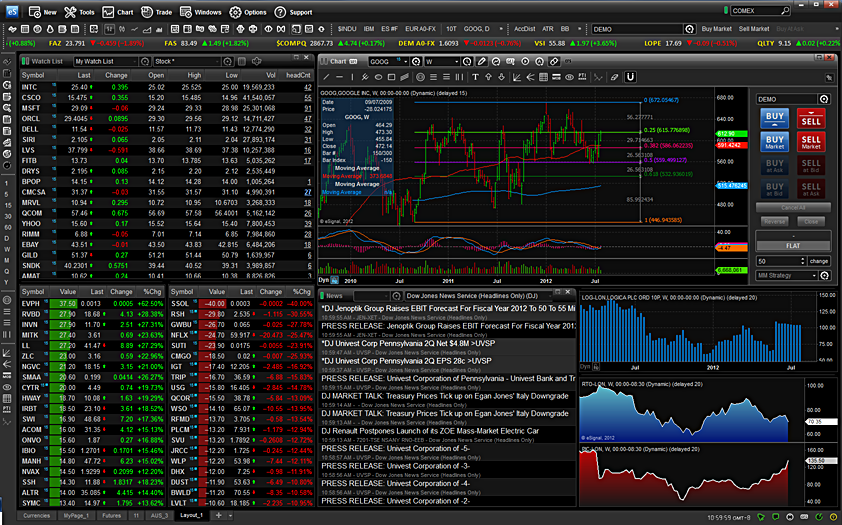Understanding the Pricing Mechanism of Options Contracts

Image: www.optionfinance.fr
In the world of stock option trading, understanding the mark price is crucial for informed decision-making. The mark price refers to the theoretical value of an option contract, calculated using a complex set of factors including time decay, volatility, and underlying stock price. This concept plays a central role in determining the potential profitability and risk associated with an option trade.
The Essence of the Mark Price
The mark price is the price at which an option contract would trade in a fair and efficient market, absent any trading costs or market inefficiencies. It represents the consensus value of the contract, based on the expectations and calculations of market participants. Traders and investors use the mark price as a benchmark to assess the attractiveness of an option trade.
Factors Influencing the Mark Price
Multiple factors contribute to the mark price calculation:
-
Time to Expiration: This measures the remaining time until the option contract expires. The closer an option gets to its expiration date, the less time value it retains.
-
Volatility: Volatility measures the degree of fluctuations in the underlying stock price. Higher volatility increases the potential for price swings, which in turn affects the value of options.
-
Underlying Stock Price: The price of the underlying stock directly impacts the option’s value. Options that give the holder the right to buy (call options) increase in value as the stock price rises.
-
Risk-Free Interest Rate: This refers to the current rate of return on a risk-free investment, such as a Treasury bill. It reflects the time value of money and influences the pricing of long-term options.
Importance of the Mark Price to Traders
For traders, the mark price provides valuable information:
-
Pricing Reference: It serves as a reliable benchmark for valuing options and assessing their potential profitability.
-
Risk Assessment: Traders can gauge the potential risks associated with an option trade by comparing its market price to the mark price.
-
Trading Strategies: The mark price helps traders identify trading opportunities, such as overvalued or undervalued options, allowing them to develop and refine strategies.
Example of Mark Price Calculation
Consider a call option with the following parameters:
- Underlying stock price: $100
- Strike price: $105
- Expiration date: 3 months
- Volatility: 20%
- Risk-free interest rate: 5%
Using a complex pricing model, the mark price for this option is calculated to be $5.30. This value reflects the current expectations about the stock’s future price movements, volatility, and other factors.
Conclusion
The mark price in stock option trading holds significant importance for informed and profitable decision-making. By understanding how the mark price is calculated and its role in valuing options, traders and investors can gain a competitive edge in navigating the complexities of option markets.

Image: niyudideh.web.fc2.com
What Is The Mark Price In Stock Option Trading

Image: www.pinterest.com






